Vetiveria zizanioides (L.) NASH |
| |
|
|
Botanical Name |
: |
Vetiveria zizanioides (L.) NASH |
English
Name |
: |
Khus-khus. Khas-Khas and Vetiver |
Synonym(s) |
: |
Andropogon muricatus Retz. Andropogon squarrosus Hook. f.,non Linn. f. Anatherum zizanioides (Linn.) Hitchcock & Chase |
Family |
: |
Poaceae |
| |
General Info
| Description |
 |
|
It is a densely tufted grass. The culms are arising from an aromatic rhizome. The grass is stout, up to and over 2 m. tall, in dense tufts, with stout spongy aromatic roots. The leaves are narrow, erect, keeled, glabrous and its margins are scabrid. The inflorescence is a panicle of numerous slender racemes in whorls on a central axis. The spikelets are grey-green or purplish in colour and in pairs. One is sessile and the other is pedicelled. Those of each pair are more or less alike in shape and size, different in sex and 2-flowered. The lower floret is reduced to a lemma. Upper is bisexual in the sessile. Male is in the pedicelled spikelet, glumes armed with short, tubercle-based spines, lemmas awn-less, palea minute. |
| Herb Effects |
 |
|
Astringent and stimulates the central nervous system (root); carminative and hypothermic (root oil); diaphoretic (root oil and leaf decoction), diaphoretic (leaves), carminative, stimulant, refrigerant and antibacterial. |
Chemistry
| Active Ingredients |
 |
|
Benzoic acid, limonene, p-cymene, palmitic acid (root); vetiselinenol, vetiverol, khusilal (a terpinoid), khusimol, elemol, alpha and beta-vetivone and cyclocopacamphenol (essential oil). |
| Chemistry
of Active Ingredients |
 |
|
|
 |
Name |
CAS# |
IUPAC Name |
Formula |
Structure |
 |
|
| Vetiverol |
89-88-3 |
4,8-dimethyl-2-propa
n-2-ylidene-3,3a,4,5
,6,8a-hexahydro-1H-a
zulen-6-ol |
C15H24O |
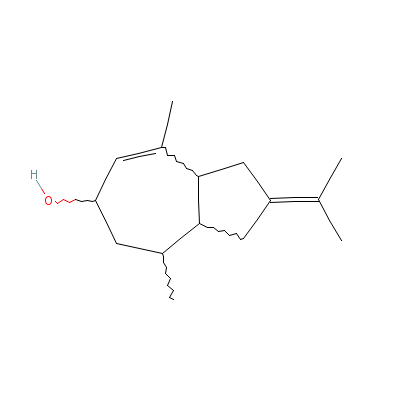
|
| Khusimol |
16223-63-5 |
Not Available |
C15H24O |
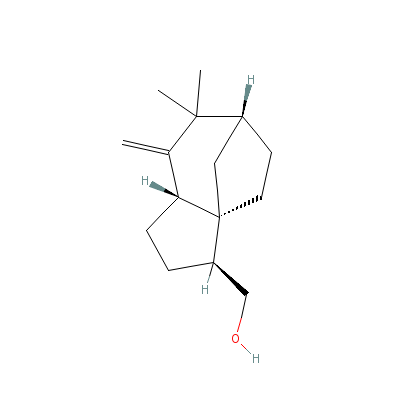
|
| Elemol |
8024-27-9 |
2-(4-ethenyl-4-methy
l-3-prop-1-en-2-yl-c
yclohexyl)propan-2-o
l |
C15H26O |
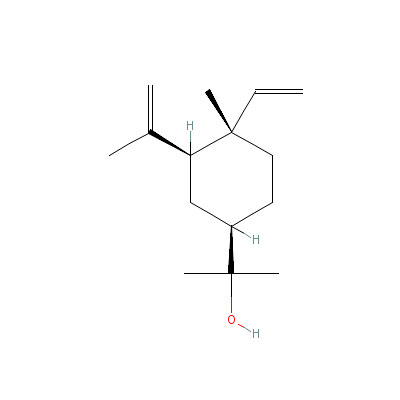
|
| Benzoic acid |
8013-63-6 |
benzoic acid |
C7H6O2 |
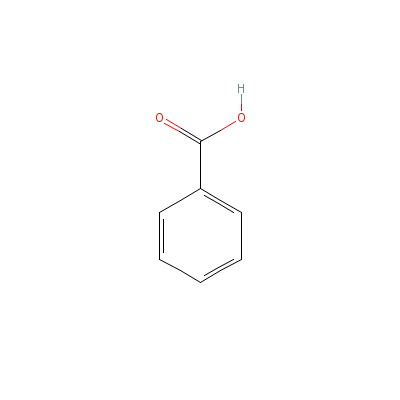
|
| Limonene |
9003-73-0 |
1-methyl-4-prop-1-en
-2-yl-cyclohexene |
C10H16 |
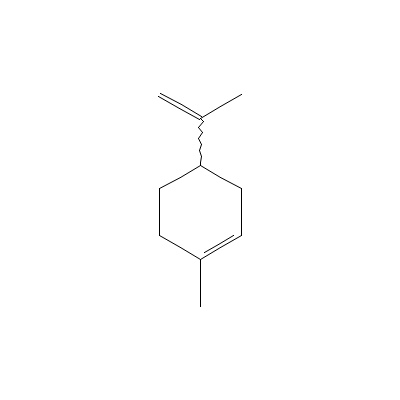
|
| p-Cymene |
Not Available |
Dichlororuthenium;
1-methyl-5,6-dihydro
-4H-pyrimidine;
p-cymene |
C15H24Cl2N2Ru |
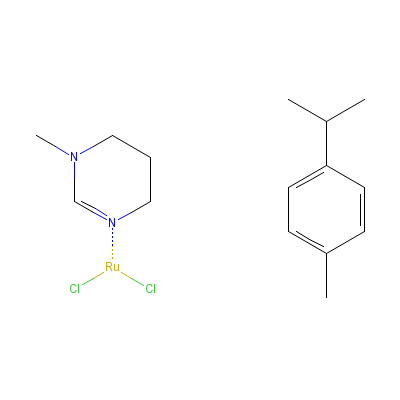
|
| Palmitic acid |
66321-94-6 |
Hexadecanoic acid |
C16H32O2 |
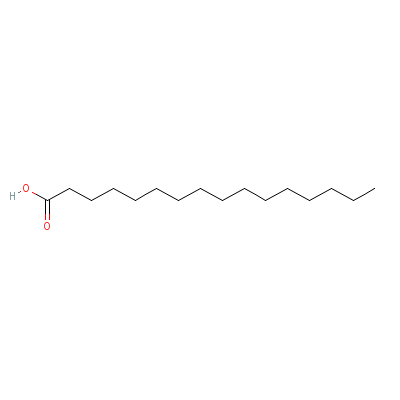
|
| Vetiverol |
89-88-3 |
4,8-dimethyl-2-propa
n-2-ylidene-3,3a,4,5
,6,8a-hexahydro-1H-a
zulen-6-ol |
C15H24O |

|
|
Pharmacology
| Medicinal Use |
 |
|
In stomach ulcers, increasing the secretion of gastric juices, as an astringent and in quenching thirst (root); in colic, vomiting and as a linimint (for lumbago, rheumatism and sprains) (root oil)to treat fainting, indigestion, thirst, diarrhoea, diseases of heart, cough, hiccough, respiratory diseases, difficult micturition, fever with burning sensation morbid thirst, and skin diseases. |
| Reference |
 |
|
 Chandel et al., Biodiversity in Medicinal and Aromatic Plants in India. Chandel et al., Biodiversity in Medicinal and Aromatic Plants in India.
|
Dealers
Products
|
|